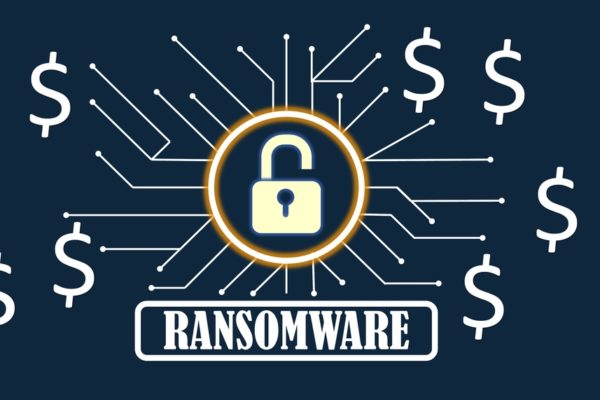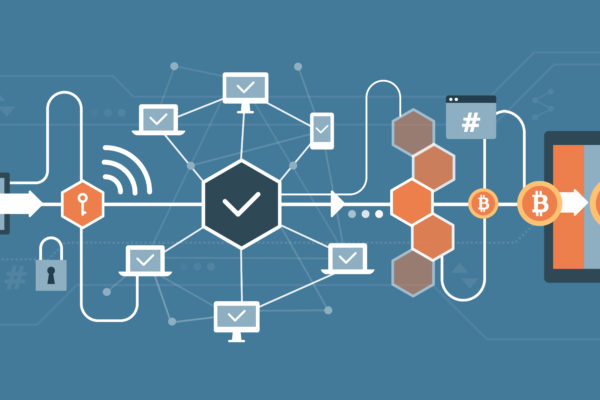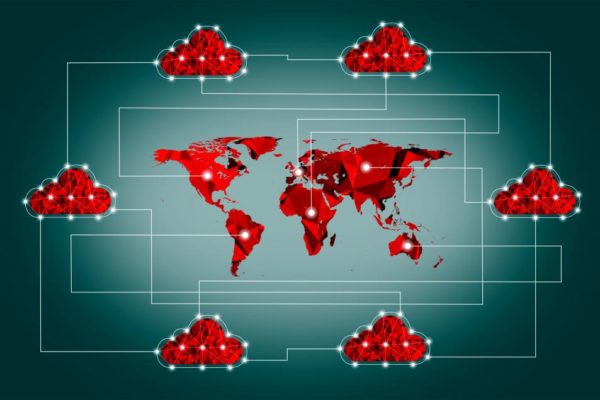The digital age, which is also known as the information age or computer age, is recognized for the advent of technology, similar to how the industrial revolution came to be known for the transition from manual labor to machinery.
Although the dramatic shift to technological means in the 21st century has been largely beneficial, there are minor by-products that have also come to the for, such as cyber-attacks. The aim of our discussion is to look at industries that are most vulnerable to invasions:
Healthcare
Sadly, cyber-attacks can have an influence on healthcare providers. A pertinent example is Anthem, the second biggest health insurance provider in the United States. In 2015, it was reported that the firm was on the receiving end of a security breach.
The personal details of 78.8 million customers, which included information regarding their names, addresses and social security numbers was compromised. Another disconcerting aspect of the invasion was that followed a comprehensive look into the matter, authorities concluded that this was the handiwork of foreigners.
Last, but not least, research indicates that healthcare was the subject of at least one breach on a daily basis in 2016. More often than not, stolen records were then sold on the dark net. If anything, that shows the potential of attackers and is a reminder to organizations not just in healthcare to have stringent measures in place.
Smaller Businesses
They may not be as heralded as the bigger names, but small and medium sized firms are at a great risk of transgressions. In fact, they are the most frequent victims of invasive action. Experts have suggested that up to 60% of small medium businesses succumb to failure in the first six months of operation since they are subjected to cyber-attacks.
Banking Sector
Of course, cyber criminals worldwide are the scourge of financial institutions for obvious reasons. The nature of business is what makes this particular industry a target. In one fell swoop, hackers gain access to money and a wealth of personal information, which may be sold for more money!
A survey that was conducted in 2016 indicated that the vast majority of banks had strategies designed to stop cyber-attacks. However, a third of these companies were eventually victims of violations.
Education
Yet another sector that is at great risk is education. The primary reasons criminals prefer academic institutes is because they are likely to harbour intellectual properties, which is the outcome of intensive research conducted on campus.
Additionally, the information of students and teachers can be bought and sold as well. An alarming statistic which shows the extent of susceptibility of the education sector is that in the decade between 2005 and 2015, there were a total of 539 breaches. This meant that approximately 13 million students, teachers and research records were at risk!
Since this is a number that has likely gone up in the years since, we can be rest assured that education is one of the most sought after industries when it comes to the preference of cyber criminals.



